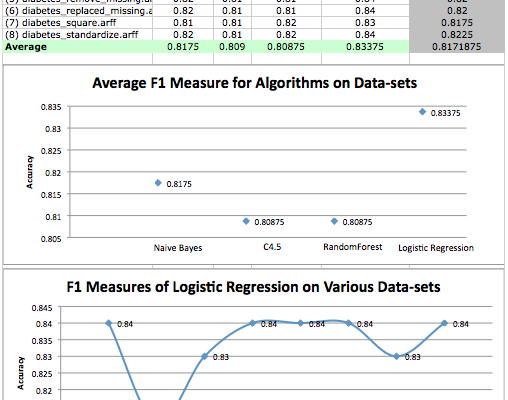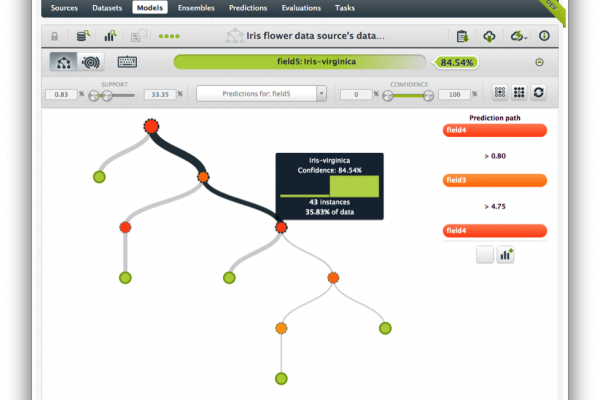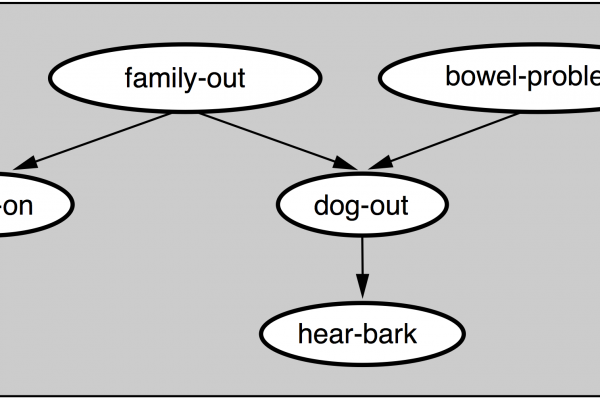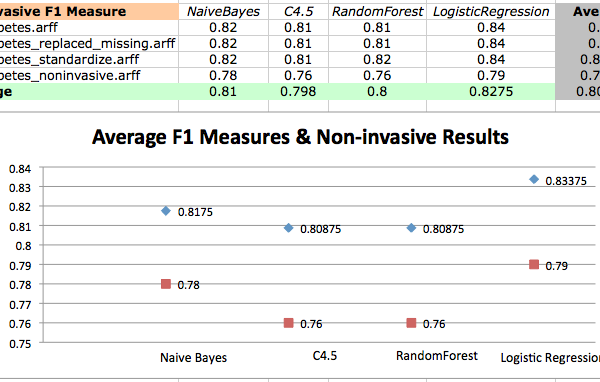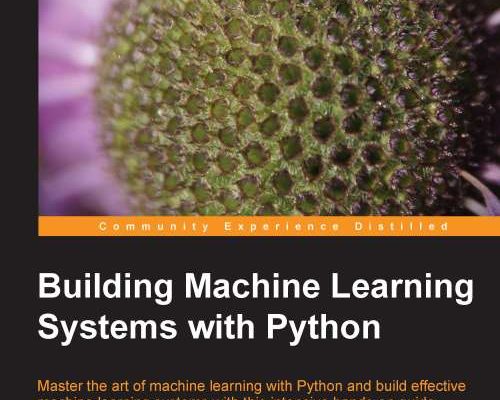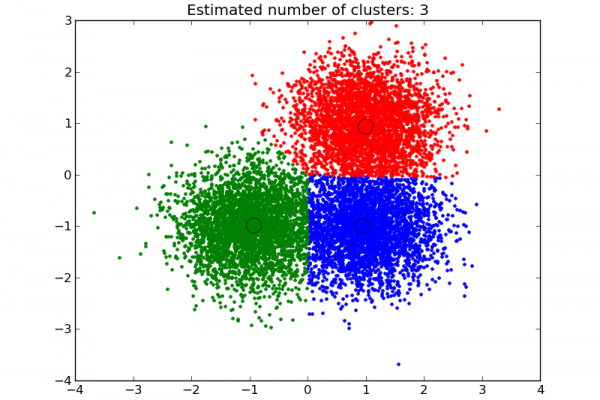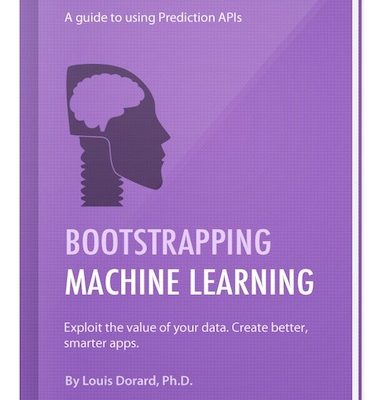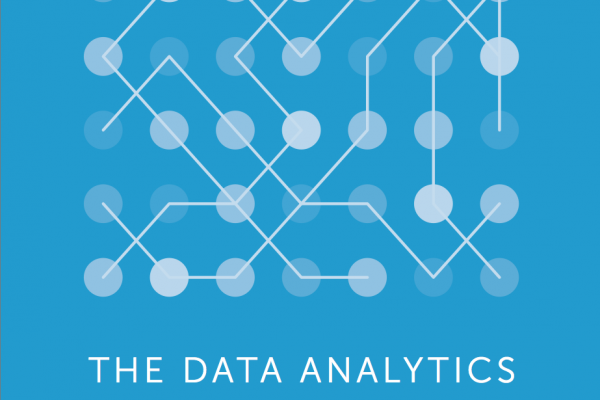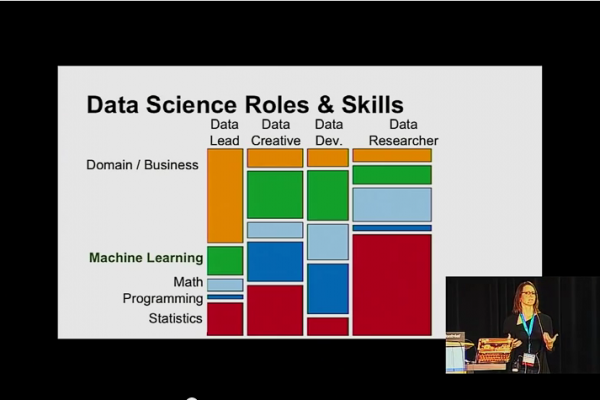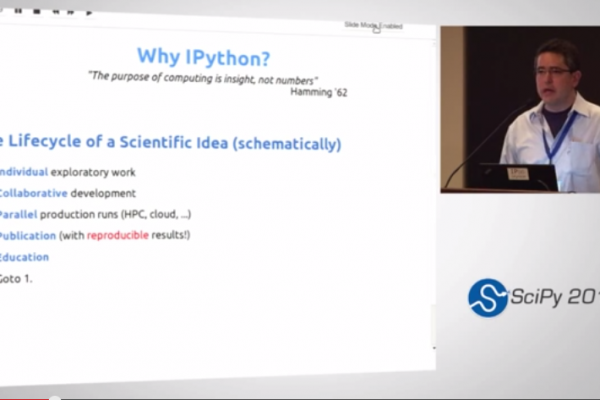Case Study: Predicting the Onset of Diabetes Within Five Years (part 2 of 3)
Last Updated on August 22, 2019 This is a guest post by Igor Shvartser, a clever young student I have been coaching. This post is part 2 in a 3 part series on modeling the famous Pima Indians Diabetes dataset (update: download from here). In Part 1 we defined the problem and looked at the dataset, describing observations from the patterns we noticed in the data. In this we will introduce the methodology, spot checking algorithms, and review initial results. Kick-start your […]
Read more